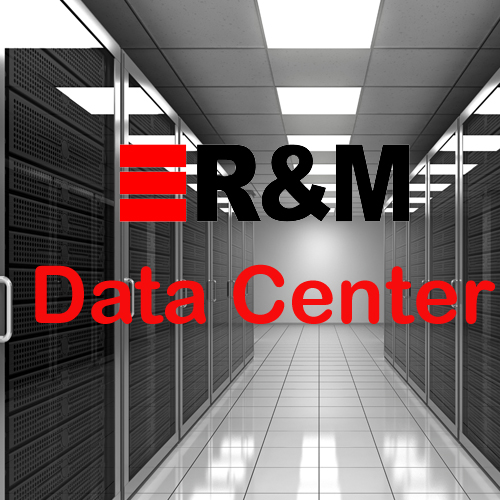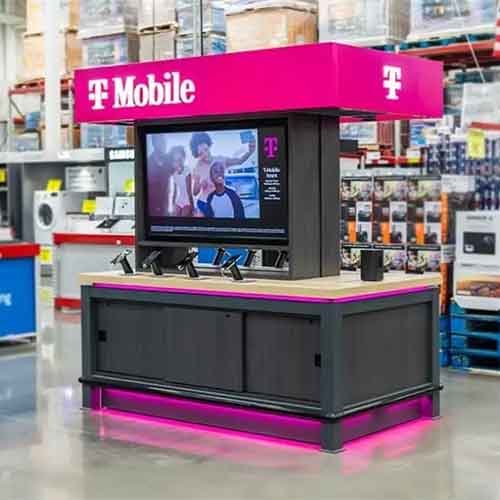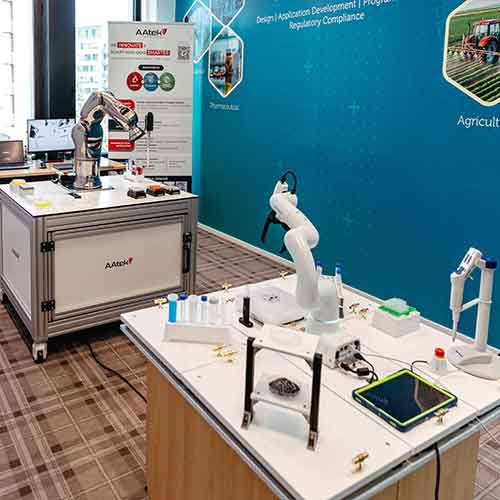Breaking News


R&M in its Data Center Manual explains how SDN approach makes network infrastructure flexible. Dynamic load distribution to virtual servers, transfers to other hosts and more – a classic data center network is too static and inflexible for these tasks. Software-Defined Networking (SDN) could help in these cases by offering a new model of control and data distribution. The new Data Center Manual from R&M provides basic principles for planning.
Thomas Wellinger, Market Manager – Data Center, R&M, said, "One advantage of Software- Defined Networking is that it enables companies to adjust the network infrastructure better than before to the special requirements of applications." He cited in particular the allocation of required bandwidths and quality-of-service parameters to guarantee the desired performance. This flexibility is important especially in complex networks such as private or public clouds. An important feature of SDN is the separation of the control plane from the data plane. The control plane handles the configuration of the switches and routers as well as the programming of the data planes To implement dynamic, decentralized structures, the SDN controller has to be used to create a single point of management. It controls all traffic in the network and determines the entire behaviour of the infrastructure. The SDN controller can be a physical server, a virtual machine or a hardware appliance. The controller tells the data plane how to handle data packets, i.e. where -- to which port -- packets are to be sent and with what priority. The data plane, in turn, passes these rules on to the affected application-specific switches or routers. The controller and the data plane communicate over a special protocol, e.g. OpenFlow. Standardized Application Programming Interfaces (APIs) are responsible for integrating the applications. Many manufacturers currently favour OpenFlow. However, there are other approaches, such as Path Computation Elements (PCE), a concept developed especially for SDN in WAN networks. The switches and routers in an SDN infrastructure have to understand the OpenFlow used by the SDN controller. The choice of SDN-capable switches is still small, however. In general, one can say that all established switch manufacturers are championing SDN but several are pursuing their own specific approaches. R&M, therefore, expects it will be several years yet before SDN reaches corporate networks. For one thing, there are too few products thus far that support SDN protocols such as OpenFlow. VMware says that at best, one to two percent of the network switches are currently designed for OpenFlow. For another thing, Software Defined Networks still have to prove that they are also controllable in complex installations.See What’s Next in Tech With the Fast Forward Newsletter
Tweets From @varindiamag
Nothing to see here - yet
When they Tweet, their Tweets will show up here.




























